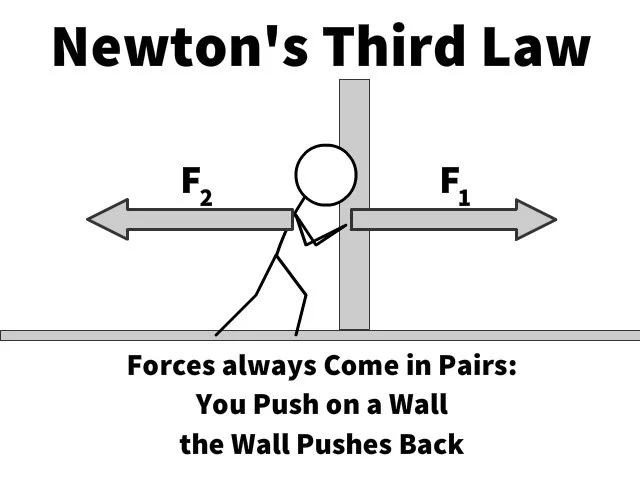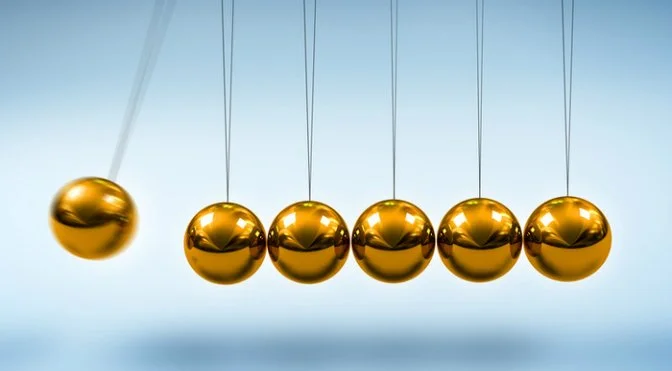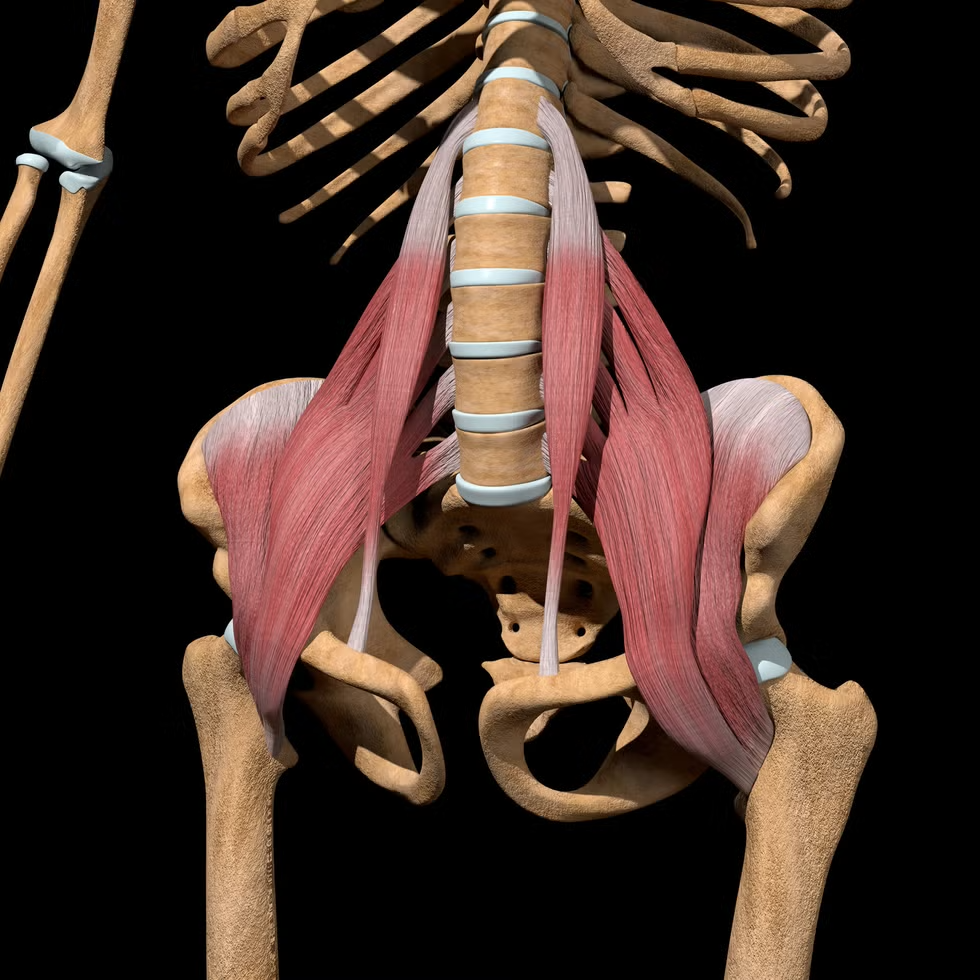Ashtanga Yoga. Why can't i lift up and jump back?
The lift up and jump back as practised in the Ashtanga yoga system definitely has it’s challenges. Here are my thoughts on how to tackle this movement pattern and highlight some areas that can shed some light on why you are finding it so difficult.
The lift up and jump back is a strength and corordnation exercise. It requires a fair amount of strength in the arms, triceps, shoulders, hip flexors, abdominal muslces, serratus and the lats to list of a few. On top of that a series of motions have to be timed correctly so this can be done cleanly. It’a tricky so don’t be disheartened if you have been working on this for some time, maybe even years and it’s not happening.
Before i get into the techincal movement side of things i want to outlay some points on strength work and pushing. The jump back is not one of those things that over time will not just magically happen. It requires a lot of focus, determination and effort to build the necessary strength to lift your body weight off the floor.
To build strength, you have to go to failure. What i mean by that is that you have to push so hard through your hands, as if you are pushing the floor away from you that you cannot push anymore. To the point your body weight drops back down. This is how we build strength. We need to have a clear conversation with ourselves each time we try where we are asking our body to recruit more muscle fibres to perform an action. This comes from placing a demand on those fibres with effort. Each time we try and push to the point of failure our body willl progressivley adapt to this demand and recruit more muscles fibres to do the job and allow us to push harder into the floor. Generating more force.
For anyone who has studied basic physics you will be familir with Newtons laws of motion. The more energy we can push down into the floor, the more energy the earth will give back to us to allow our body weight to travel higher in the air, for longer and with more control.
‘His third law states that for every action (force) in nature there is an equal and opposite reaction’
In the beginning we can feel like a heavy stone, and lifting our body weight off the floor feels impossible. As we develop more strength and are able to press more force into the floor with the correct activation of our bigger muscles, the energy we receive back from the earth starts to give us the feeling of lightness in the body. This is what we see when watching advanced hand balancers and Yogi’s do what looks like anti gravity skills holding thier body weight in the air. It comes from strength, a balanced power to weight ratio and correct activation of those bigger muscles. It just takes some effort.
So what muscles are we using?
From the lower half of the body we need to have very strong hip flexors and lower abdominl muscles. The Psoas in particular to be able to pull the thighs up in close to our belly / chest and hold them there. All of the work you would have been doing in Navasana and Utthita Hasta Padangusthasana should be developing these and cultivating that connection to your rectus abdominis and transversus abdominis ( Uddiyana bandha ).
Psoas Major / Minor
From the upper half of the body we need a strong connection to the muscles in our upper back such as the Rhomboids, Lattimus Dorsi and in particular the Serratus Anterior. As much as we need strong hip flexors and a solid connection to our Bandhas in yoga, most of the work will be coming from the ability to connect with these bigger muscles to be able to generate enough force into the ground to be able to lift our body weight up off of the floor.
For example. When i have finished practicing primary series and have been working fully with my jumping i am pumped and tired in my lats and hip flexors. Especially my Serratus as shown above. These muscles are designed to do this kind of work and when used correctly they take the job away from the deltoids and trapezius that tend to be overused and create too much tension around the shoulders and neck.
In terms of techique, there are three actions that need to happen to be able to lift up and jump back cleanly.
The lift up: We need to be able to lift our body weight up off the floor, knees close to the chest and be able to swing up and back.
Lolasana: This is where we are in an arm balance, with our thighs close to our belly / chest with our shoulders infront of our hands and at the peak of the lift up. The longer you can be here in the air the more time and control you will have to jump back.
The jump back: This is where we bring our shoulders even further forward and initiate the kicking back of our legs to land in chaturanga dandasana.
All three of these movement patterns need to be estabised to be able to lift up and jump back cleanly
In reality, teaching this to students takes some time and a lot of technique, with breakdowns on these movement patterns with progressions that you will need to work towards so the body / mind can start to put it all together. One of the reasons it’s so challenging from my experience is that practitioners don’t know the steps they need to take to be able to work towards the fullest form of this complex movement pattern.
This is actually challening to teach in a Mysore room which is why i have been teaching regular workshops on just the jump back / jump through alone. After years of working through this myself and teaching workshops / mysore, i have put together an online guide of how to work through this. It’s called the Jump Back Breakdown.
The Jump Back Breakdown is a complete guide on how to learn this skill and how you can integrate this into your Yoga pracrtice. In this video series I break down this technique and work through a series of specific drills on how to build strength, body awareness and confidence on this vinyasa as well as the vinyasas in the Sun Salutations and other transitions found in Primary Series. This course is available for all levels of students as everyone will learn a strong foundation to work from with progressions and steps tailored to their ability.





